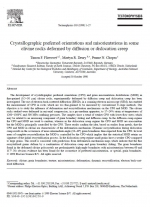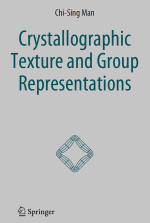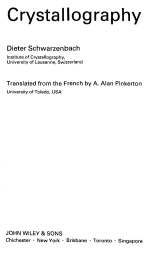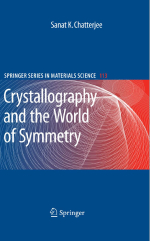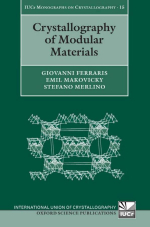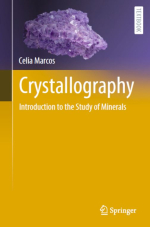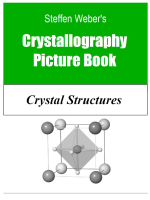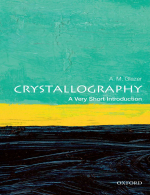The development of crystallographic preferred orientations (CPO) and grain misorientation distributions (MOD) in fine-grained (0.5–30 µm) olivine rocks, experimentally deformed by diffusion creep and dislocation creep has been investigated. The use of electron back-scattered diffraction (EBSD), in a scanning electron microscope (SEM), has enabled the measurement of CPO in rocks which are too fine-grained to be measured by conventional U-stage methods. Our objective is to study the influence of deformation and recrystallisation mechanisms on the CPO and MOD. The olivine rocks studied were deformed in uni-axial compression, in a gas-medium apparatus, to 17–24% strain at temperatures of 1200–1300ºC and 300 MPa confining pressures. The samples show a trend of weaker CPO with lower flow stress which may be related to an increasing component of grain boundary sliding and diffusion creep. In the diffusion creep regime the CPO and MOD are weak to random, whereas in the dislocation creep regime the CPO and MOD are non-random but the MOD is principally controlled by the CPO. These results confirm the idea, based on studies from metals, that the CPO and MOD in olivine are characteristic of the deformation mechanism. Dynamic recrystallisation during dislocation creep results in the occurrence of more intermediate-angle (10–40º) grain boundaries than expected from the CPO. In local areas of complete recrystallisation the MOD is controlled by the CPO which implies that the statistical MOD retains no signature of the initial recrystallisation process. In the dislocation creep regime small grains have a weaker CPO compared to large grains. This result is consistent with predictions from deformation mechanism maps which indicate that the fine recrystallised grains deform by a combination of dislocation creep and grain boundary sliding. The grain boundaries found in the deformed olivine polycrystals are predominately high-angle boundaries with misorientations between 60 and 117º. No obvious evidence has been found for the occurrence of preferred misorientation, or special, grain boundaries.


